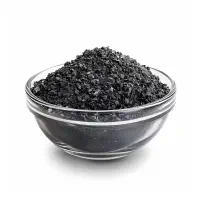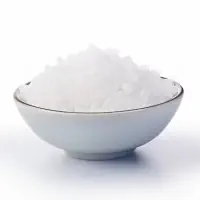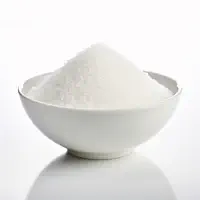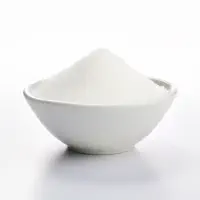
The Rubber industry involves the processing of natural and synthetic rubber to manufacture a wide range of products, including tyres, hoses, belts, and seals. It encompasses both raw material extraction and processing stages, addressing challenges in sustainability and environmental impact. The industry plays a vital role in various sectors, including automotive, construction, and manufacturing.

Acetic acid, also known by its systematic name ethanoic acid, is an organic compound with the chemical formula CH₃COOH. It is a colorless liquid with a distinctive pungent smell and sour taste, commonly recognized as the main component of vinegar apart from water. Acetic acid is a vital chemical reagent and industrial chemical used in various applications across multiple industries. Characteristics Chemical Structure: Molecular Formula: CH₃COOH Molecular Weight: 60.05 g/mol Acetic acid consists of a methyl group (CH₃) attached to a carboxyl group (COOH).

Humic acid is a complex mixture of many different acids containing carboxyl and phenolate groups. It is derived from the decomposition of organic matter, primarily plant material, and is a major component of humic substances, which are found in soil, peat, coal, and many upland streams, lakes, and ocean water. Humic acid plays a crucial role in soil health and plant growth. Characteristics Chemical Composition: Humic acid is a mixture of various organic acids, primarily containing carbon, hydrogen, oxygen, nitrogen, and sulfur.

Microcrystalline wax is a type of wax that has a unique crystalline structure, different from other waxes such as paraffin wax or beeswax. Here are some key physical properties of microcrystalline wax: Characteristics Appearance: Microcrystalline wax is typically available in solid form, ranging from off-white to yellow in color. It has a smooth and greasy texture. Melting Point: The melting point of microcrystalline wax can vary depending on its specific grade and formulation.

Fischer-Tropsch wax, also known as FT wax, is a petroleum-derived wax produced through the Fischer-Tropsch process. It exhibits the following physical features: Characteristics Appearance: Fischer-Tropsch wax is a hard, solid substance at room temperature. It is typically found as white or off-white flakes, pellets, or powders. Melting Point: The melting point of FT wax can vary depending on the specific composition, but it generally ranges between 45°C (113°F) and 100°C (212°F).

Anti-ozone wax, also known as ozone-resistant wax or ozone protector wax, is a specialized wax that is used to protect rubber and other elastomers from the degrading effects of ozone exposure. While the specific composition of anti-ozone waxes may vary, they generally exhibit the following physical features: Characteristics Appearance: Anti-ozone waxes are typically solid materials at room temperature, commonly available in the form of flakes, pellets, or blocks. Melting Point: The melting point of anti-ozone wax can vary depending on the specific formulation, but it is typically in the range of 60°C (140°F) to 100°C (212°F).
For a consultation call us today at
+44 20 7101 3847
Bio Greenware Ltd ®